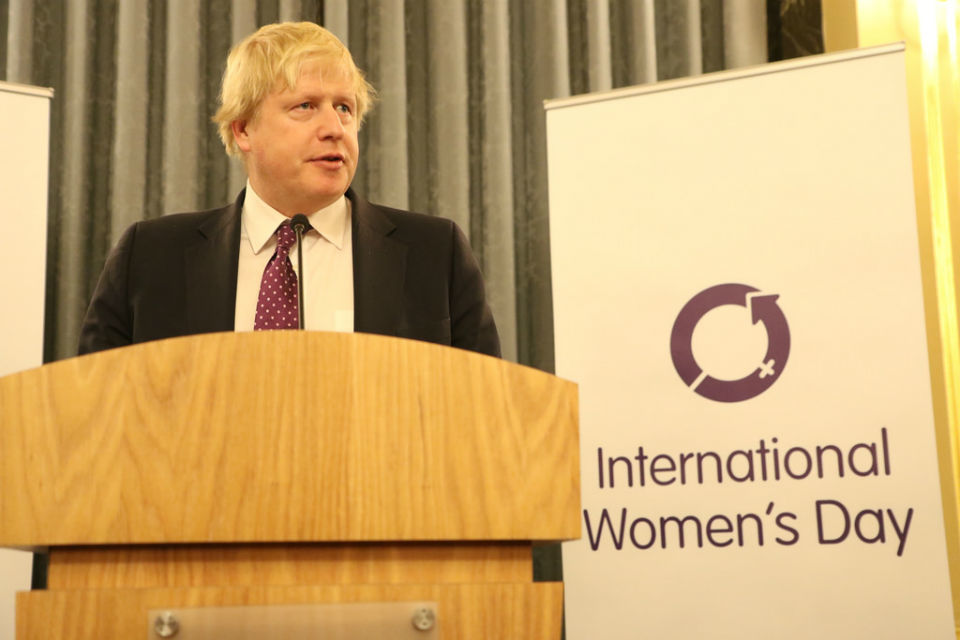
- Select a language for the TTS:
- UK English Female
- UK English Male
- US English Female
- US English Male
- Australian Female
- Australian Male
- Language selected: (auto detect) - EN
Play all audios:
The Taliban and the United States have entered a delicate stage in talks aimed at ending their war in Afghanistan. The two sides are attempting to redraw the map of violence that could lead
to a reduction in the horrific civilian casualty count and, possibly, attacks on the beleaguered Afghan security forces as a prelude to a ceasefire. In a move indicative of the insurgent
leadership’s eagerness for an agreement with the US, Afghan officials said, the two sides are discussing no-go areas in the heartland of the war, defining areas of combat and modes of
attack. The development represents a significant change in the nature of the talks, as it conforms with demands made by the Afghan government, led by President Ashraf Ghani (pictured), that
the Taliban demonstrate willingness to cease attacks on Afghan civilians, who have been killed and injured in their tens of thousands, mostly by the Taliban. Ghani and his senior security
officials are now involved in the negotiations, sources in the government said, through US Army General Scott Miller, commander of American and international forces in Afghanistan, who has
been granted veto over any agreement. “Miller has seized the upper hand and has veto power,” one source said. The Taliban have refused to engage with the Afghan government, regarding it as a
“puppet” of the US “occupying forces”. The new arrangement means that “the Taliban have to take Ghani into account,” the source said. A long-term ceasefire, and the terms, remain the focus
of the civilian American negotiator, Zalmay Khalilzad, originally appointed by President Donald Trump in 2018 to facilitate a withdrawal of US forces and bring an end to almost 20 years of
US military engagement in Afghanistan. Khalilzad’s efforts floundered in September, when Trump abruptly cancelled an apparently planned meeting with Taliban leaders, after a US soldier was
killed in an attack in Kabul. Afghanistan’s government understands that Khalilzad has been instructed by the White House to take Ghani “into his confidence” and ensure he and his
administration support agreements reached with the Taliban. Sediq Sediqqi, Ghani’s spokesman, said recently that a ceasefire was a pre-condition for the “intra-Afghan talks” between the
Kabul government and Taliban leadership. The developments come as Afghanistan is gripped by yet another political crisis, with an unresolved presidential election, held in September, likely
to be re-run in coming months. The insurgents’ one immutable condition for a ceasefire in their war against international forces in Afghanistan has not changed: those forces, led by the US,
must leave the country. Their position was reiterated last month on their website, “Voice of Jihad,” which said the only aim of the talks with the United States is “withdrawal of foreign
forces from Afghanistan”. Last week, US Secretary of State Mike Pompeo announced during a visit to Uzbekistan, on Afghanistan’s northern border, that no further progress would be made in
discussions with the Taliban until the Islamist insurgents demonstrate their will to “reduce violence”. Pompeo said: “We got close once before to having an agreement, a piece of paper that
we mutually executed, and the Taliban weren’t able to demonstrate either their will or their capacity, or both, to deliver on a reduction in violence. And so what we are demanding now is
demonstrable evidence of their will and capacity to reduce violence, to take down the threat.” In the current wrangling, in Doha where the Taliban has an office, this entails redefining
terms such as “urban” in light of the growth and subsequent sprawl of southern cities like Kandahar and Lashkar Gah, capital of Helmand province. The talks are focusing on such details as
modes of attack and delineating battle zones to the last mile. So far, according to officials familiar with the talks, the Taliban side has shown some willingness to reduce violence against
civilians, who have borne the brunt of the war as it has escalated in recent years. However, said one, the Taliban “are not desperate for peace, they are desperate for an agreement with the
United States because they want a major propaganda victory”. After almost two decades of fighting, the Taliban is estimated to hold or have a presence across more than half the country. The
US has around 13,000 troops in Afghanistan, most deployed for counter-terrorism operations, as well as support and training. Along with Nato’s non-combat mission, there are just shy of
17,000 international troops in the country. The Afghan state’s security forces have struggled since the drawdown at the end of 2014 of international forces; tens of thousands have been
killed in fighting since then. The US is still taking casualties — two were killed and six wounded in an inside attack at the weekend, the US military said. The Afghanistan Independent Human
Rights Commission reported on February 4 that while the number of Afghan civilians killed or injured in the war in 2019 fell more than 7 per cent on the year earlier, 71 per cent were
attributable to the Taliban. Of 2,817 people it said were killed and 7,955 injured last year, pro-government forces were responsible for 14 per cent and Isis for five per cent, AIHRC said.
Taliban leaders say they are preparing for their annual “Spring Offensive,” which kicks off as snow melt on the Hindu Kush frees movement across the porous Afghanistan-Pakistan border and
leads to a vicious uptick in violence throughout the warm-weather months. According to the head of the Taliban’s southern commando units, Mullah Abdul Zahir, there has been “no order from
our leaders for any kind of ceasefire or anything like that. I’ve asked our senior leaders and they told us to move on with our plans and if anything like that does happen they will announce
and publish properly”. In interviews, ranking Taliban figures, including shura leaders in Quetta and battlefield commanders in southern Afghanistan, reiterated the position, saying no
accord has been reached, and that the basic condition they have demanded all along — withdrawal of foreign troops — remains unresolved. “The Taliban’s supreme leaders are ready for a
ceasefire, but not without conditions being accepted and reached,” said the Taliban’s operational commander in Helmand province, Mullah Abdur Rauf. Field commanders do not support a
ceasefire without withdrawal, he and other Taliban sources said. “Hundreds, thousands of Taliban have lost their lives in the cause of freeing Afghanistan from the invaders, and so a
ceasefire without the condition of the withdrawal of the American invaders is not acceptable for the field commanders,” said a former minister in the Taliban’s pre-2001 regime, who asked not
to be identified. “A ceasefire without conditions being met will only lead to divisions within the Taliban.” Afghan government officials said the Taliban leadership has not demonstrated
that they have full control over their fighters. An agreement to reduce violence, and their ability to follow through on the battlefield in the coming fighting season was essential to
proving the movement is united behind its leadership. “The field commanders believe that the Taliban forces should hold their ground once the US forces have withdrawn, as only then would a
ceasefire be truly effective,” Rauf said.







